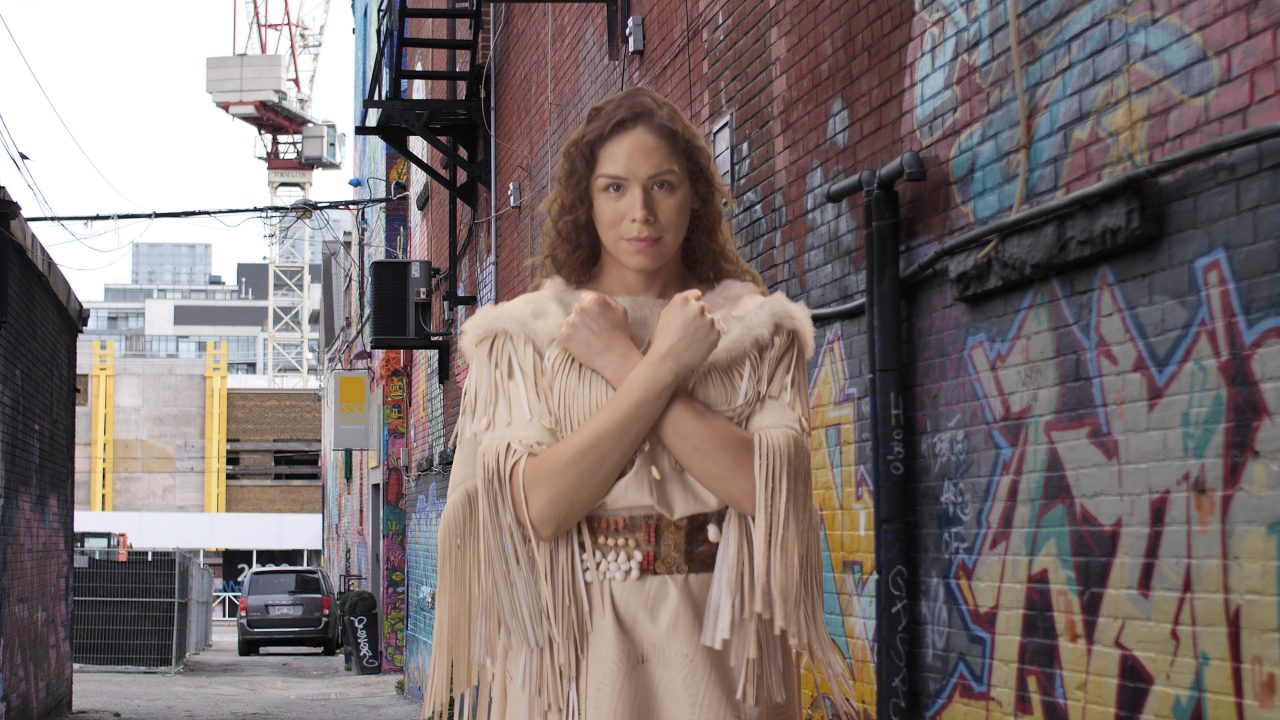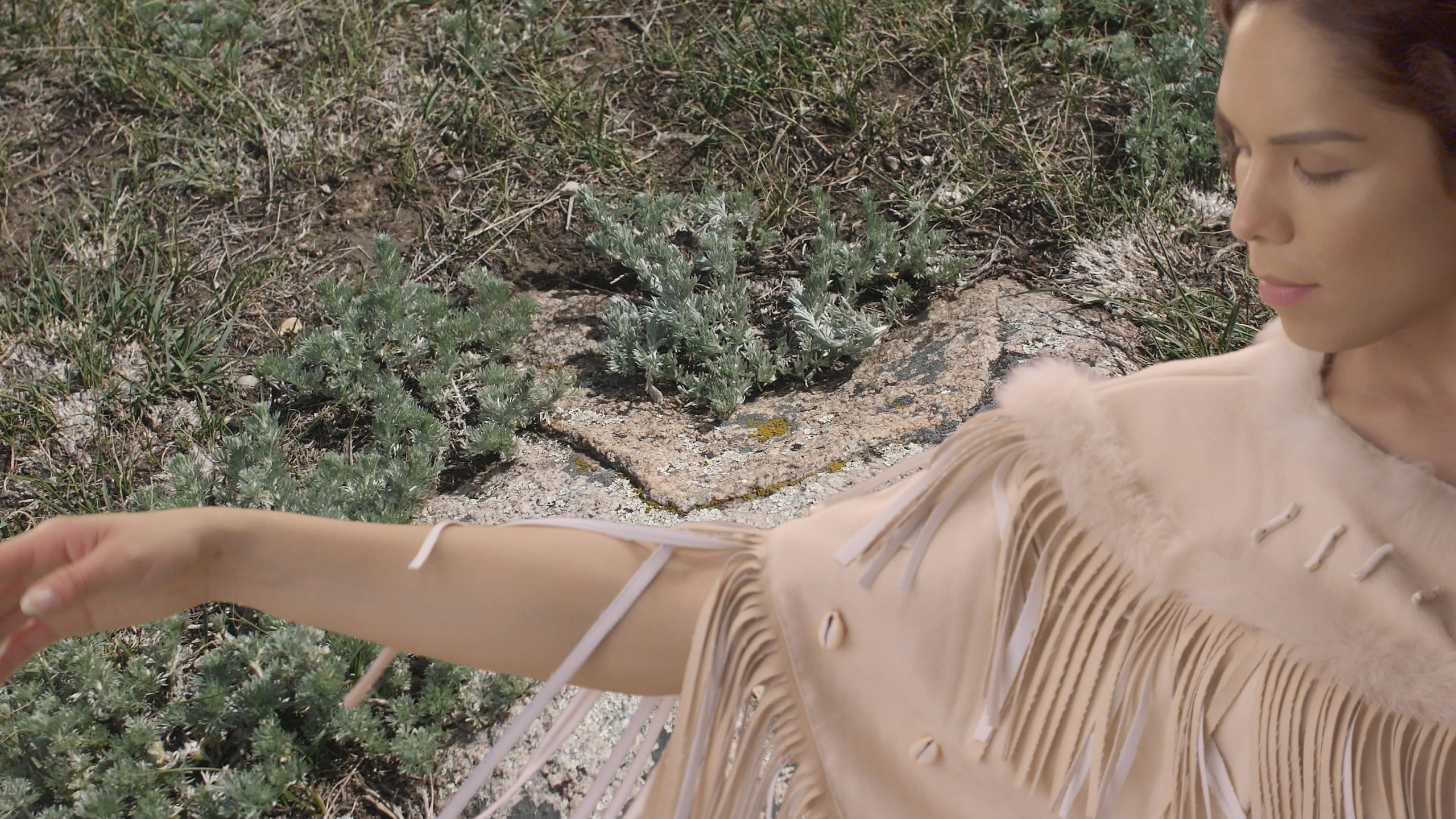
Two-spirit has always been an identity, even if we didn’t always have the words
Two-spirit has always been an identity, even if we didn’t always have the words
The term “two-spirit” was created in 1990 by Elder Myra Laramee, who proposed the use of it during the Third Annual Inter-tribal Native American, First Nations, Gay and Lesbian American Conference held in Winnipeg. It is a translation of the Anishinaabemowin term niizh manidoowag, which means “two spirits” in English. The term was adopted by Indigenous people to differentiate themselves from non-Indigenous LGBTQI+ people because the former face distinct difficulties. For Indigenous communities, especially two-spirited people, our gender and sexuality are intertwined with our culture instead of being separate from it.
The modern iteration of “two-spirit” is an umbrella term used by some Indigenous folks to describe their sexual and gender identity, while also commonly characterizing oneself as having both a feminine and masculine spirit. “Two-spirit” could also describe an Indigenous person who is polyamorous.
“Two-spirit” can also encompass a spiritual identity. Two-spirited people have existed since time immemorial and have filled special spiritual roles as healers, ceremonial leaders and visionaries. Indigenous tribes across North America have historically held intersex, androgynous, masculine females and feminine males in high respect. Within our cultures, especially before we were influenced by Eurocentric beliefs, there was less emphasis on sexuality and more focus on spiritual gifts. Since two-spirited people are seen as blessed with both masculine and feminine spirits, they are more spiritually gifted. Thus, they are honoured for their insight and what they have to offer to their communities.
In addition to being spiritually gifted, two-spirited people were able to help out their community in more practical ways. They were of great value to their families and communities because of how much they contributed to the livelihood of everyone around them by doing such tasks as hunting, fishing, gathering, hide tanning, providing care for other family members’ children, or contributing artistically by beading or sewing. Most people would contribute to only a couple of these duties, whereas two-spirited people were more actively involved across all roles. Because of this, they had an abundant wealth of knowledge. This made them the keepers of traditions, and the tellers of creation stories.
Woman Dress, Theo Jean Cuthand, provided by the National Film Board of Canada
In the short documentary Woman Dress by Theo Jean Cuthand, we’re able to follow the journey of a two-spirit person named Woman Dress pre-contact, while they gather and share stories from across the Plains. It’s an interesting example of the way in which two-spirited people attained their knowledge and passed it on. This film came out in 2019 and tells a Cuthand family oral story through archival images and dramatized re-enactments. What’s also interesting is the way Woman Dress is referred to. The Cuthand family is Cree and in the Cree language, the use of gendered pronouns doesn’t exist, as is the case for many other Indigenous languages in the world. So, throughout the film, Woman Dress is referred to fluidly. Omitting gendered pronouns allowed for true gender equality pre-contact, because there were no words to prompt people to think of others negatively based on whether they presented themselves as feminine or masculine.
The film also reminds viewers that when homophobic Eurocentric influences first emerged in North America, respect and honour towards two-spirited people slowly dwindled. Eventually, two-spirited people were forced to conform to heteronormative roles or go underground and hide their identities. The enforcement was first started by government officials and Christian missionaries but was soon followed by Indigenous communities. In the late sixties, with the rise of the American Indian and Gay Liberation movements, respect for queer Indigenous people slowly started to return among the Indigenous population again. However, as Theo Jean’s family note, the older Indigenous generations still feel some embarrassment in sharing two-spirit stories because of the shame that was inflicted upon them. It’s with the creation of terms like “two-spirit” that the Indigenous community became more confident in sharing the oral histories of two-spirit people again.

It took me a long time to find out that “two-spirit” was a term that existed. I grew up with a lot of internalized homophobia and confusion surrounding my gender and sexuality because I felt I didn’t fit into the binaries. At the time, no one in my small Northwestern Ontario town talked openly about these things. It was after I moved to an urban centre that I was introduced to the term. As I looked into what it meant, I felt like I finally understood myself. It made me appreciate the importance of discussing and learning about gender and sexual identity, because having the language to describe myself helped turn me into a strong and confident queer Indigenous person.
As part of Public Service Pride Week, I and other public service employees encourage you to watch Woman Dress on the NFB’s 2SLGBTQI+ channel, which explores 2SLGBTQI+ experiences around the world. I encourage every reader to keep learning, keep discussing and keep watching.



